Ninh Binh Overview
Situated on the Red River Delta, Ninh Binh separates the North and the Central Vietnam by Tam Diep Mountain Range. It is surrounded by Hoa Binh, Ha Nam provinces on the north, Nam Dinh Province on the east and Thanh Hoa on the west and the south.
Topography
Ninh Binh has one of the most diverse topography in the country with the mountains spreading in the west and northwest, plain in the east and the coastal area in the south. The topography of Ninh Binh is favored by the Mother Nature with karst topography forested through million years that make the province a Halong Bay inland with countless primitive caves, valleys, and submerged mountains which all offer stunning sceneries. Furthermore, one may see a microcosm of Vietnam within Ninh Binh thanks to its wide variety of forests, mountains, rivers and sea, nature conservation area and national park.
Climate
The average temperature is 23.4oC and its high humidity, between 80-85%, is typical for tropical monsoon climate. The best time to visit Ninh Binh falls between November to April of the following year when it is in the dry season.
Tourism
Ninh Binh was soon developed as the cultural and political center of Vietnam since the reign of Dinh Tien Hoang King in 968. Thanks to this, the number of ancient vestiges here may overwhelm any other province in Vietnam. The first capital of Vietnam feudal centralism regime and the Dai Co Viet’s political, economic and cultural centre Hoa Lu Ancient Capital is undoubtedly the most attractive site where tourists may find thousands of vestiges of palaces, temples, pagodas and tombs related to the three dynasties of Dinh, Le and Ly. Alluring tourists by a complex of both ancient and new pagodas is Bai DInh Pagoda – the Buddhist Centre of Vietnam. One remarkable attraction of Ninh Binh is Phat Diem Cathedral - a solemn and interesting architectural complex, reflecting the skilful and excellent stone carving art of the Vietnamese workers. The Church is a center of a religion originated from Western country but is built in Vietnamese architecture. Every year, on 10th day of the 3rd lunar month, many people come to Hoa Lu to join in Truong Yen Festival. The festival taken place in Dinh and Le temples commemorates the merits of two kings, Dinh Tien Hoang, who reunited the country, and Le Dai Hanh, who defeated foreign invaders. Moreover, Ninh Binh owns beautiful Tam Coc, Bich Dong, Dich Long, Hoa Son, Tien caves, Van Trinh Grotto and other special landscapes like Trang An Eco-tourism complex and Cuc Phuong National Park. Cuc Phuong National Park is home of varies of strange flora and fauna. Especially it is enjoyable to touch the thousand-year-old cho xanh (Parashrea Stellata) and sau (Dracontomelum Duperranum or Dancorra Edulis) trees, 50-70m high. The park is also suitable to watch birds, butterflies and orchid flowers. Ninh Binh's people have created such famous and traditional products as Kim Son's fine arts, Hoa Lu's high-class embroidery, hanger products and rocky sculpture products for export, Gia Vien's rattan and bamboo knitting products, etc.
Transportation
Located 90km far from Hanoi, Ninh Binh has convenient waterway and road networks of transportation. The Reunification Express Train from Hanoi to Ho Chi Minh City stops at Ninh Binh City. National Highway No.10 connects to Nam Dinh, Thanh Hoa provinces and National Highway No.12B links to Hoa Binh Province.



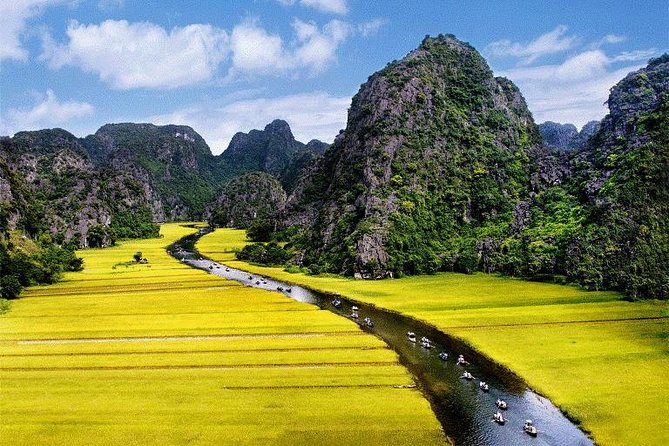




.png)
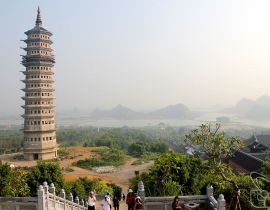

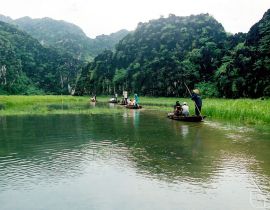


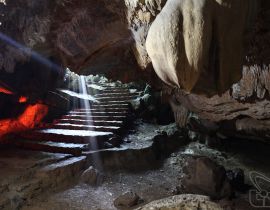
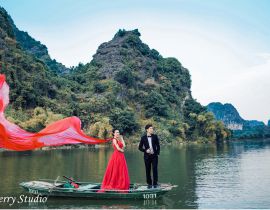
.jpg)





